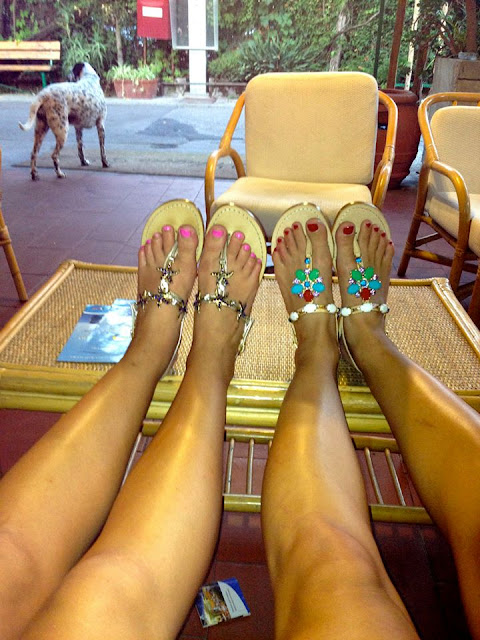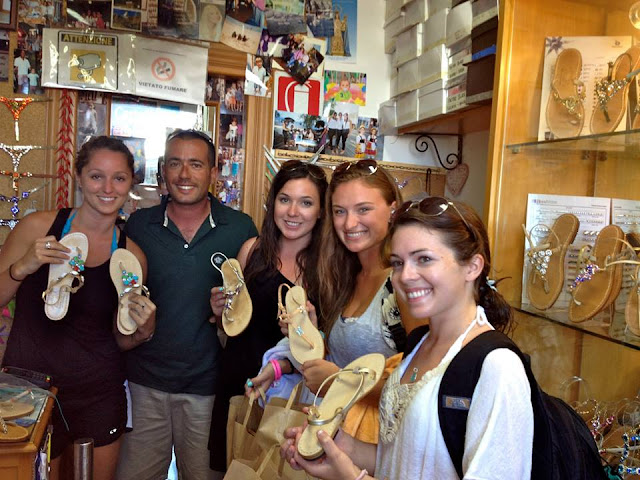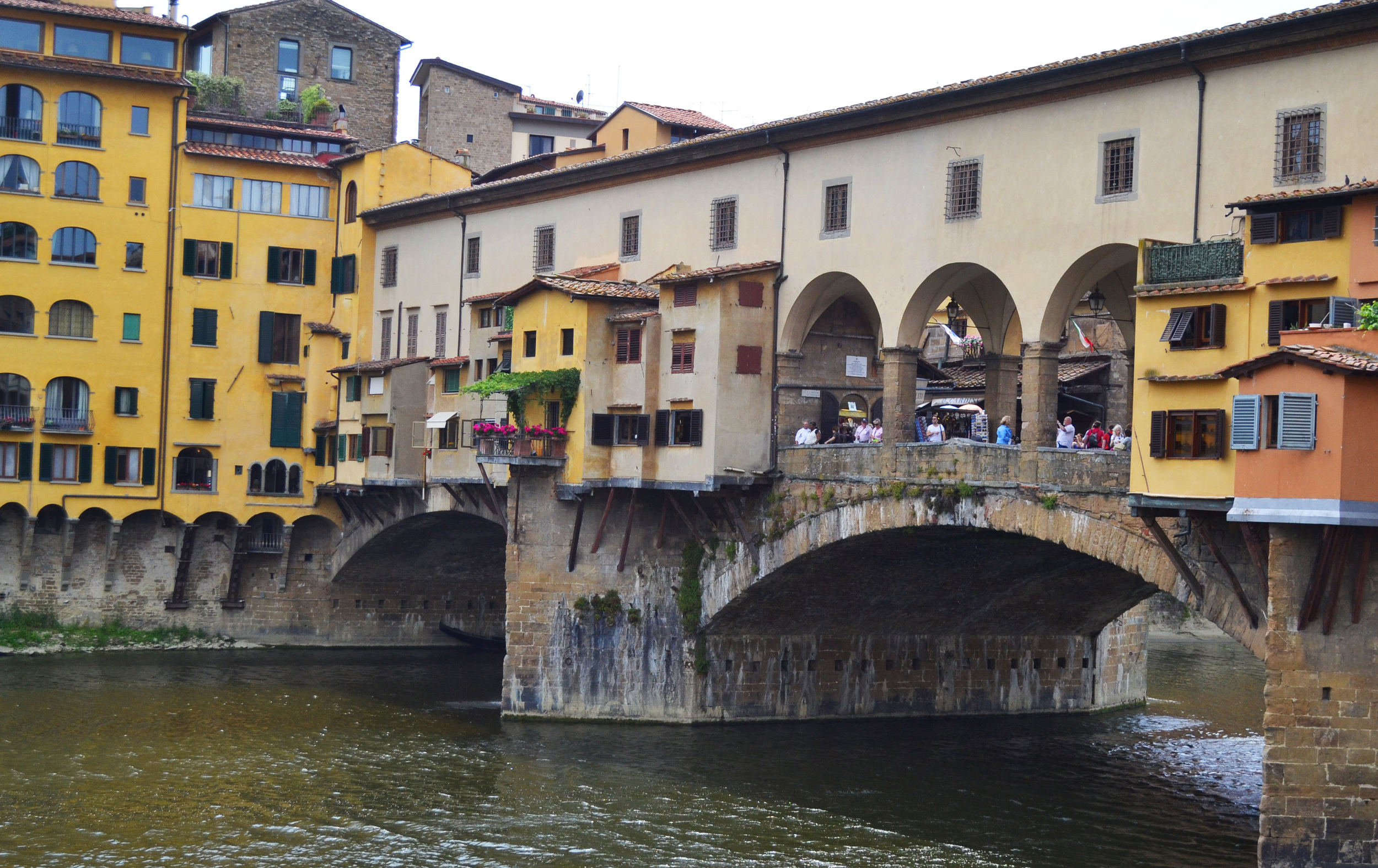Growing up in the suburbs, I never used public transportation. When I went to college in a city, I still didn't use or need public transportation. The first time I tried navigating the tube in London during my study abroad was a confusing jumble of colored lines on a map, and if it weren't for my friend Nicole's common sense, I probably wouldn't have made it anywhere.
When I moved to Washington, DC for a summer I took the metro with friends upon arrival for the first few days, but when the time came to ride it alone, I got a little nervous. However, I hopped on and I got where I needed to go.
And it was SO easy.
For the rest of the summer in DC I would swiftly walk through the station, tap my card on the scanner and glide through the turnstiles. I would confidently hop on the metro, switch lines if needed, and get to my destination with ease. This experience helped me when I went back to Europe and rode the metro in cities like Milan, Budapest, Munich, and Istanbul.
If there are any beginners out there who need some guidance on navigating a metro system, here 4 easy steps to learn how (using examples with the DC metro):
1. Figure out which station is the closet to you, and which one is closest to wherever you're going.
Let's say you're in NoVA (Northern Virginia) at the Clarendon station and you want to spend some time at Georgetown University, which is closest to the Rosslyn station. Clarendon and Rosslyn are both on the orange line. You will get on at Clarendon and get off at Rosslyn.
2. Make sure you choose the correct direction.
Look how on the left end of the orange line, the farthest station is Vienna, and on the opposite end, New Carrollton. When you're going from Clarendon to Rosslyn, you're going in the direction towards New Carrollton, so you need to get on the orange line for New Carrollton. If you're in Rosslyn coming back to Clarendon, then you will get on the orange line for Vienna.
3. To switch lines, use the transfer stations. These are designated on the map as the larger circles.
Now let's say you are at the Clarendon station and you want to hang out in Chinatown, so you will need to get off at Gallery Place. Gallery Place is in the center of the map.
For this you will need to start on the orange line towards New Carrollton. To get on the red line, you'll see that the orange stops at Metro Center, which is a transfer station. Get off at Metro Center and switch to the red line going towards Glemont. Get off at Gallery Place.
To sum up this scenario, you go: Clarendon, Metro Center, Gallery Place. On the way back, you'd do the opposite: start at Gallery Place, get on the red line towards Shady Grove, switch at Metro Center to the orange line going toward Vienna, and get off at Clarendon.
4. What if I miss my stop?
If you miss your stop, you can get off at the next one and then ride the metro going back in the opposite direction.
Other useful tips:
-When taking the escalators, the right side is for standing and the left side is for walking. Don't stand still on the left side and block the people walking up. You will look like a tourist and people will get annoyed.
-Save money by getting a metro card if you're staying your destination for a few days or longer and will be using the metro often. There is usually a fee for buying the card (typically around $5) but you'll save more overall than if you buy a bunch of individual tickets. You can reload the card if needed.
-Download a metro app onto your phone if there is one. Some apps also include schedules and updates on construction or delays.
-The GPS on your phone shows where the stations are. This way, you can figure out which one is closest when you're walking around. I use Mapquest or Bing Maps.
-Some metro systems don't run 24 hours. If you're out late at night, take this into consideration and call a taxi or an Uber if you can't ride the metro.
-Before your trip, do a little research on public transportation to see if you can find any helpful hints specific to that city.
The above tips are exactly how I've navigated transportation in DC, Milan, Munich, Budapest, and Istanbul. I haven't used the subway in NYC, which I hear are a little different. If you have any additional tips, please feel free to add them in the comments below.



















